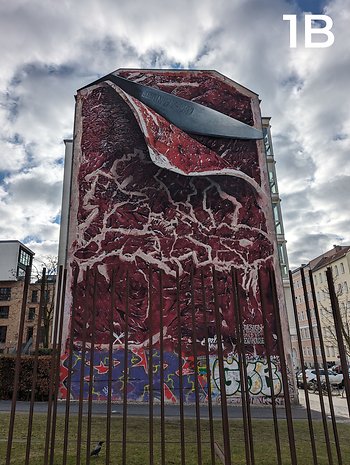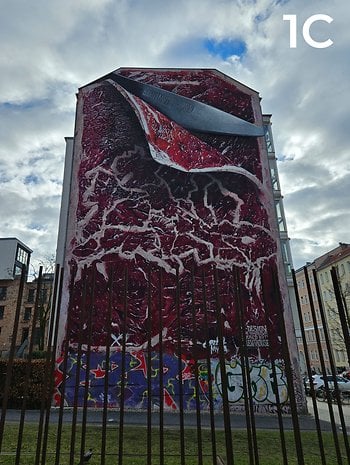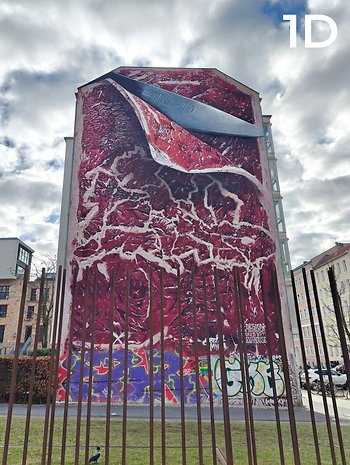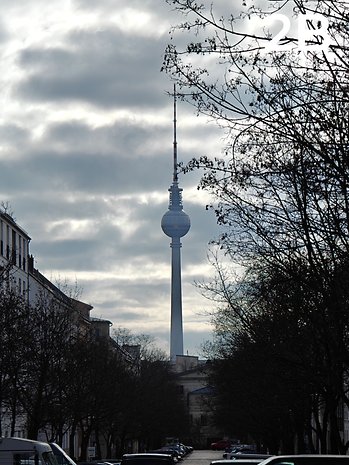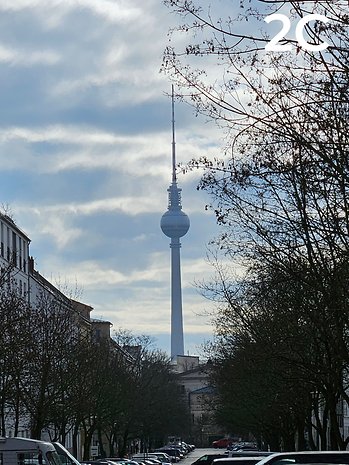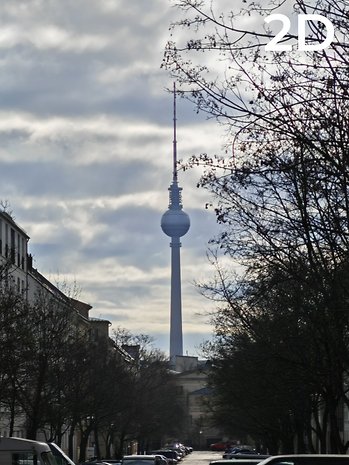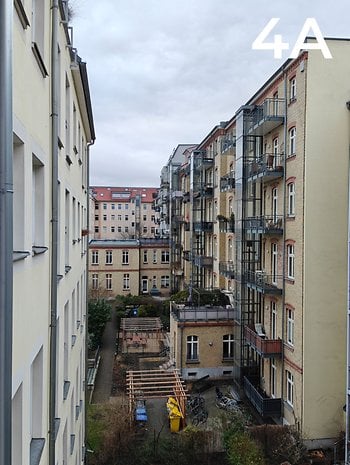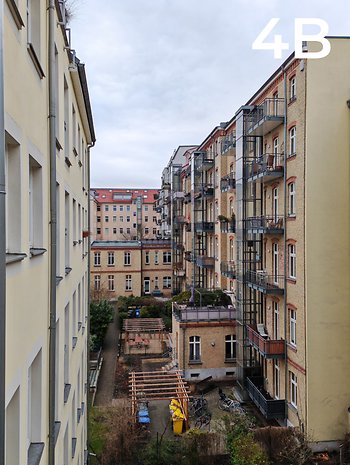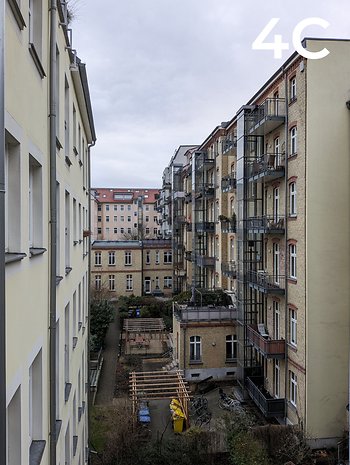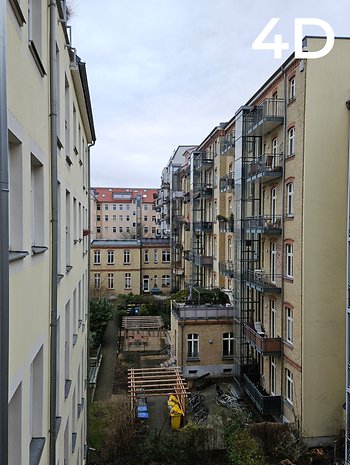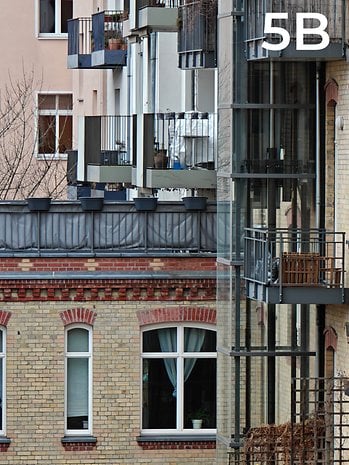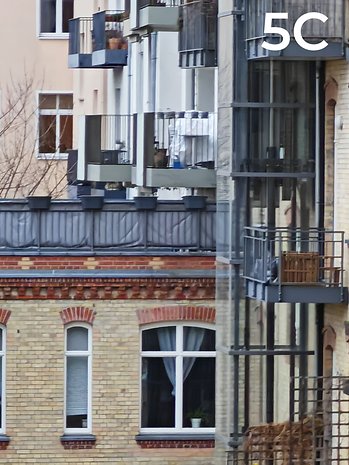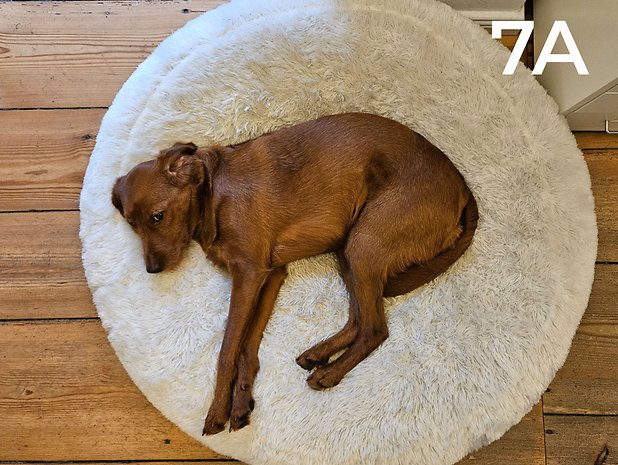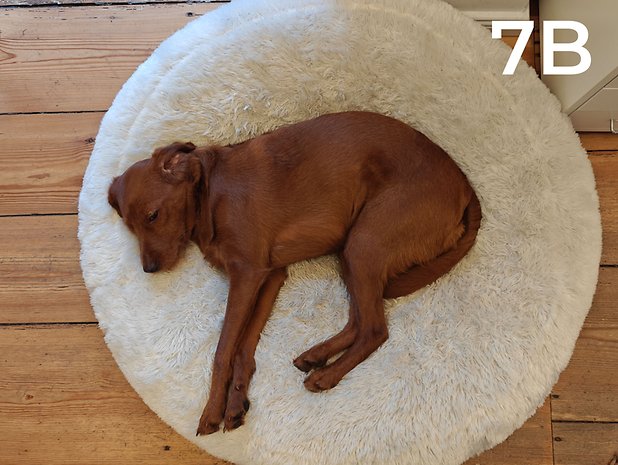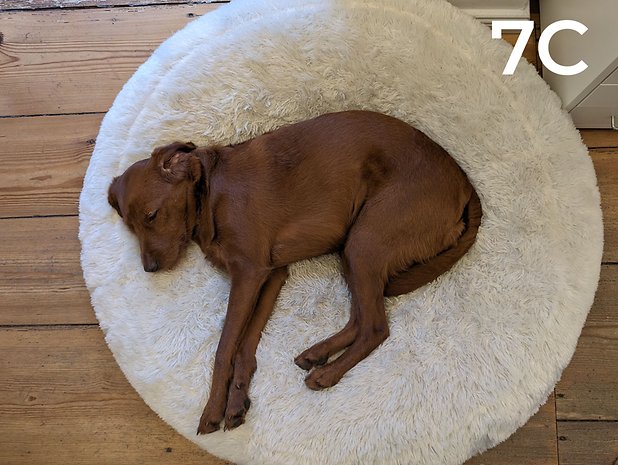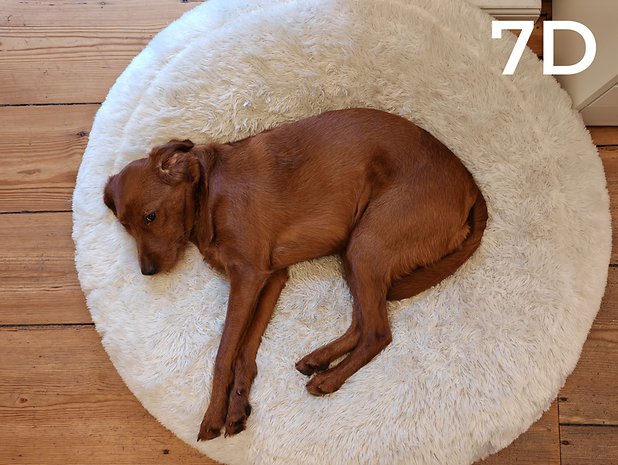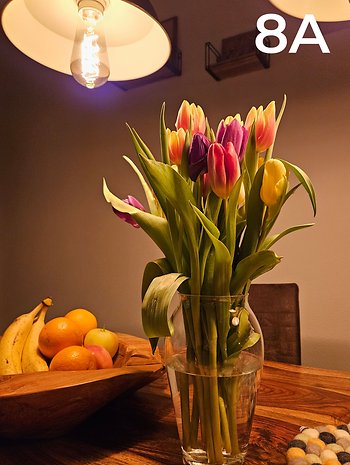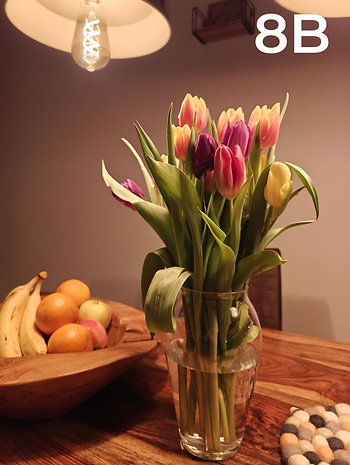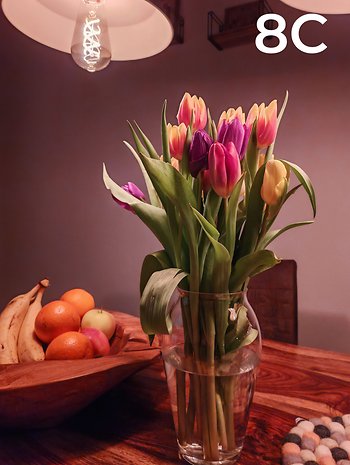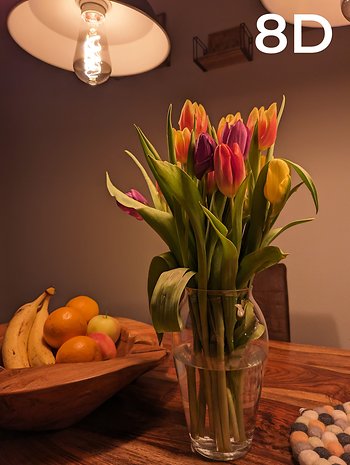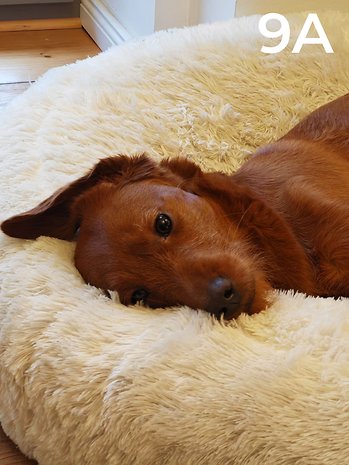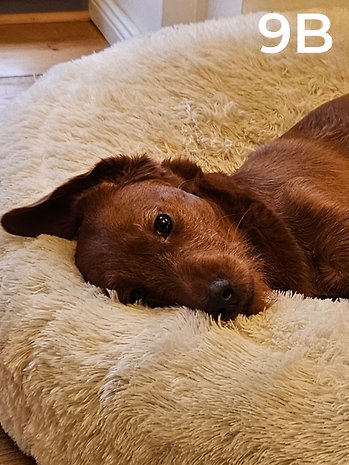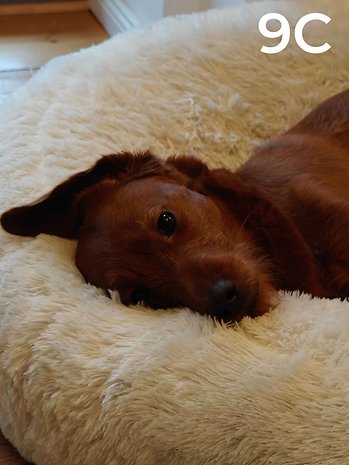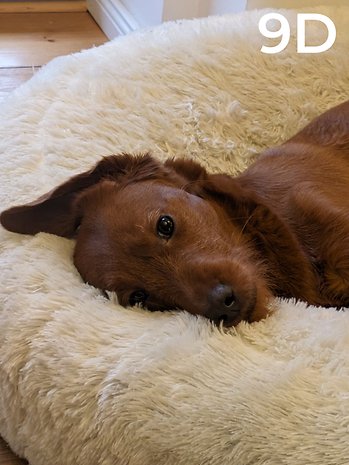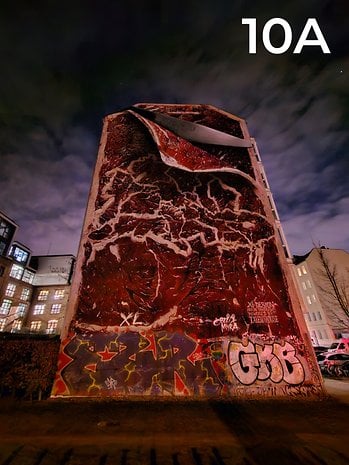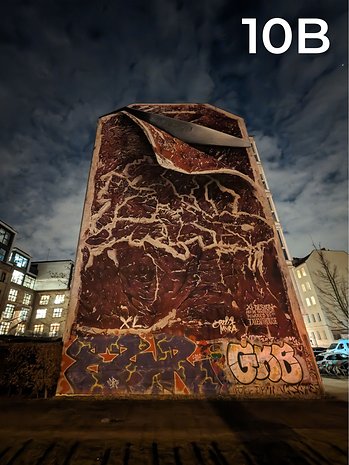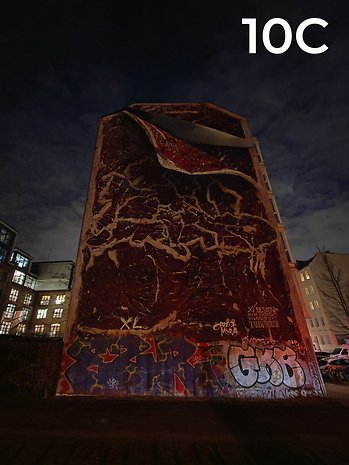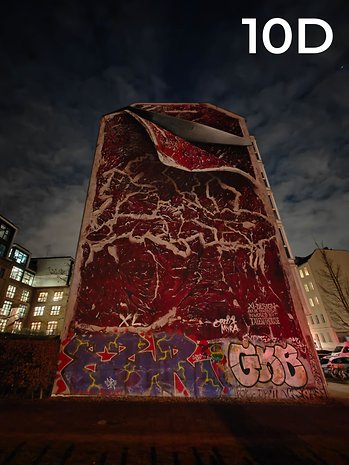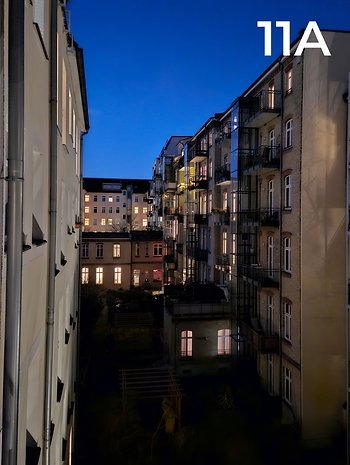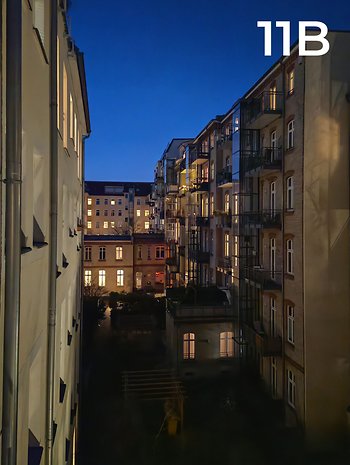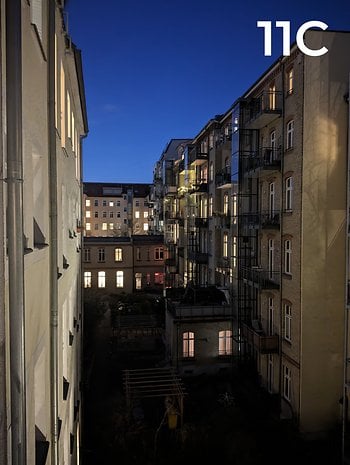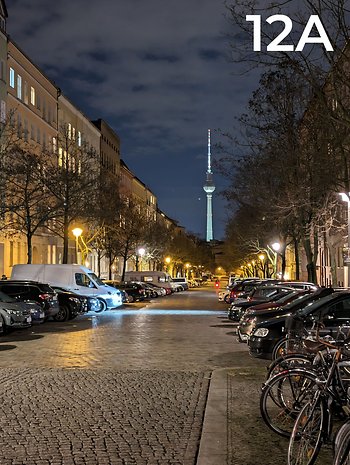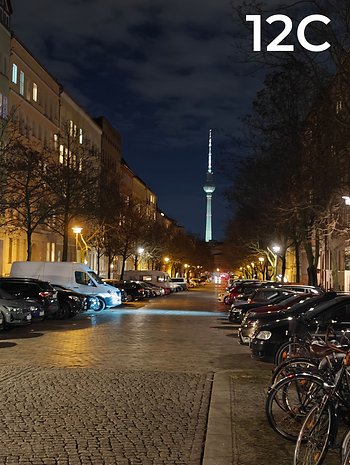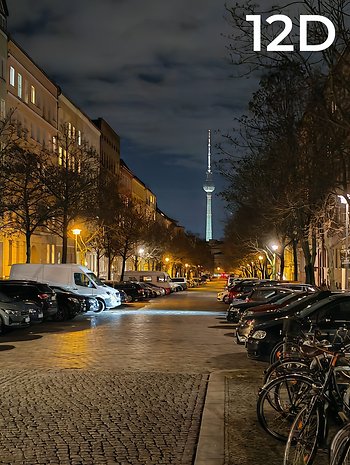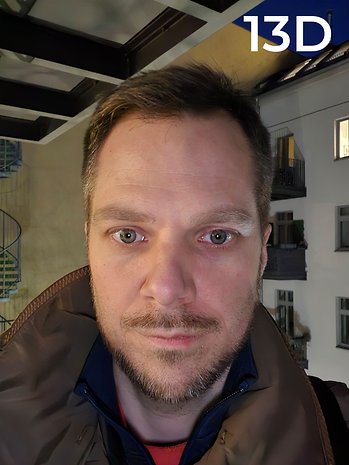
The trick with our regular camera blind tests is that you don’t know which photo was taken by which smartphone. Hence, you have to approach each scene with an open mind and vote for your favorite. In exactly one week, we will then have enough votes to determine which foldable smartphone has garnered the most votes across all scenes and present you with the winner!
Camera blind test at nextpit: The methodology
To create comparable conditions, we photographed each scene with each smartphone simultaneously as far as it is possible. As a rule of thumb, less than 60 seconds elapsed between the first and last photo. We also avoid rapidly changing light conditions, such as in cloudy weather. Finally, we take exactly three photos of each subject with each smartphone and select the best image. Through this method, we avoid random outliers.
Finally, we set up all smartphones from scratch and made sure the latest software version was installed as of February 12, 2024. We did not use beta versions in this blind test. We also captured photos with all foldable smartphones using the factory settings, unless stated otherwise.
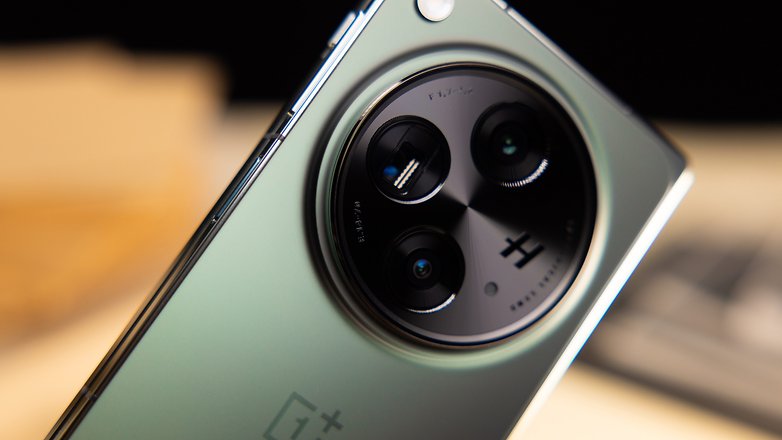
One last note before we begin with the blind test. We have already reviewed all four foldable smartphones for you in detail, of which you can read in detail below:
Scene 1: Daylight, main camera (1x)
As always, our camera blind test gets off to a leisurely start. The first scene in daylight is not a difficult test at all for the foldable smartphones. Nevertheless, it is interesting to see how different the color reproduction is. Which foldable phone delivers the best photo here?
Scene 2: Daylight, 10x zoom
The next subject is more challenging: we used the 10x zoom to photograph the Berlin television tower. All foldables in the blind test have a separate telephoto camera, but the results differ significantly. The smartphones are worlds apart in terms of detail reproduction in particular.
Scene 3: Daylight, portrait photo
All four foldable phones have a special portrait mode, and we used this with the standard settings. The intensity of the bokeh effect is similar across all smartphones, but the reproduction of skin tones is significantly different. Vote for the best portrait!
Scene 4: Daylight, main camera (1x)
There is hardly anything grayer than February in Berlin. It feels like 99 percent of the time, the sky looks like this photo. Nevertheless, it is relatively bright and you will have to look for the differences between the individual photos with a magnifying glass. However, things get more interesting in the next comparison photo…
Scene 5: Daylight, 10x zoom
… because with a tenfold zoom, all smartphones have to enlarge the shots digitally. On paper, the Google Pixel Fold has the best cards with its 5x zoom, followed by the Galaxy Z Fold 5 and the OnePlus Open with 3x each, and the Honor Magic V2 with 2.5x. As often the case, reality may be different than what the technical specifications suggest, right?
Scene 6: Daylight, indoor camera selfie
All the foldables in our blind test have five cameras each: three main cameras at the back of the closed smartphone, a selfie camera above the outer display, and a selfie camera above the inner display. Here, we took photos using the latter in daylight. As manufacturers try to integrate the cameras as inconspicuously as possible in or even under the display, the sensors are very small, making the image quality is correspondingly modest.
Scene 7: Mixed light, main camera (1x)
Our next scene is known as Toni and cranks up the difficulty level a little: Warm artificial light streams from the bottom right and cold daylight from the top left. However, all foldable smartphones achieved a relatively good white balance here, although there are significant differences in color reproduction. The images also look very different in terms of micro-contrast and detail. Which result do you like best?
Scene 8: Artificial light, main camera (1x)
The next motif really challenges the white balance: light bulbs above the table provide extremely warm light and make for some rather squeaky colors. The wall in the background is normally white, but the foldable smartphones color it somewhere between orange and violet. The color reproduction of the tulips is also hit or miss, depending on the handset.
Scene 9: Mixed light, 3x zoom
Our next subject tests the zoom capabilities of the smartphones in dim daylight mixed with artificial light. While the Z Fold 5 and the OnePlus Open can take pictures natively in 3x zoom, the Honor Magic V2 has to zoom in slightly with its 2.5x sensor, while the Google Pixel Fold still uses the main sensor. Do the results reflect this?
Scene 10: Night, ultra-wide angle
Now it’s getting really dark! Here, we used the ultra-wide angle camera across all smartphones, and the differences in the results are clear. This is not a surprise. After all, ultra-wide angle cameras always use significantly smaller image sensors than the main cameras, so the smartphones have to work harder to deliver a well-exposed photo.
Scene 11: Night, main camera (1x)
The differences among the main cameras are smaller again. Please don’t be influenced by the fact that a light came on in a smartphone in the courtyard—that was an actual lamp and not (yet) due to AI. Unfortunately, we only noticed this afterward, when all the night photos had already been taken.
Scene 12: Night, 2x zoom
A disclaimer beforehand: 10x zoom is no fun for any foldable smartphone at night and we have therefore decided not to take any meaningful test photos here. 2x magnification already resulted in a significant reduction in image quality. Among the trees, for instance, you can clearly see how the image quality dropped based on distance.
Scene 13: Night, Selfie
Last but not least, a selfie taken using the camera above the external display. The results here are extremely different, and that’s not our fault. Instead, the smartphones rely on different mechanisms to take a sufficiently bright picture and sometimes rely on the bright outdoor displays for lighting. Basically, this results in a bright but rather flatly lit face. What do you think of the results?
That’s it for our scenes for this foldable camera blind test. It feels like we could have included dozens more photos in this article with even more scenes, zoom levels, and lighting scenarios, but we have to draw the line somewhere. What else would you have liked to see in the camera blind test? Who do you think will win the race? I look forward to your opinion in the comments! Remember to vote wisely!


